Mobility Robotics has the expertise and resources to create completely tailored drone programmes for; local, national, and international agencies, NGOs, academia, commercial organisations, industry associations, first responders, government ministries and local authorities.
Our primary focus is on creating competency. Particularly when operating in hazardous environments. We can work with existing regulations as a base, or Mobility Robotics can provide institutional support, to;
- Set standards
- Create an operational framework/modular operational limits
- Determine competency requirements and create training courses and quality assurance mechanisms that meet such requirements
- To jointly issue course diplomas together with the project partner and responsible authorities
Mobility Robotics expertise and operational experience will de-risk programme implementation, speed up the time required to gain tangible results, help to scale programmes across multiple locations or countries, and provide better quality. Why start from scratch, when a starting point can be at the leading-edge?
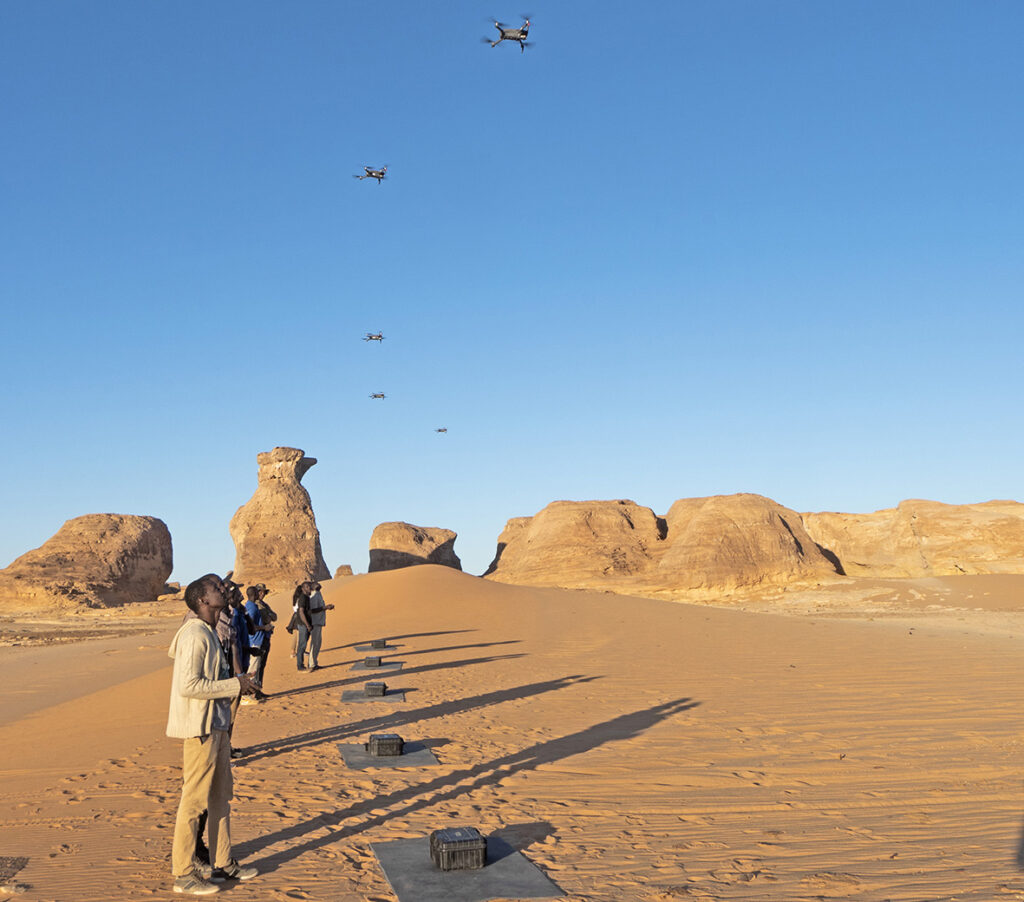
General Process
The first step is completing an actionable needs analysis, not just in the office but together with frontline personnel, in the field. To walk a mile in field personnel shoes, determining true needs regarding functionality and skills that need to be established.
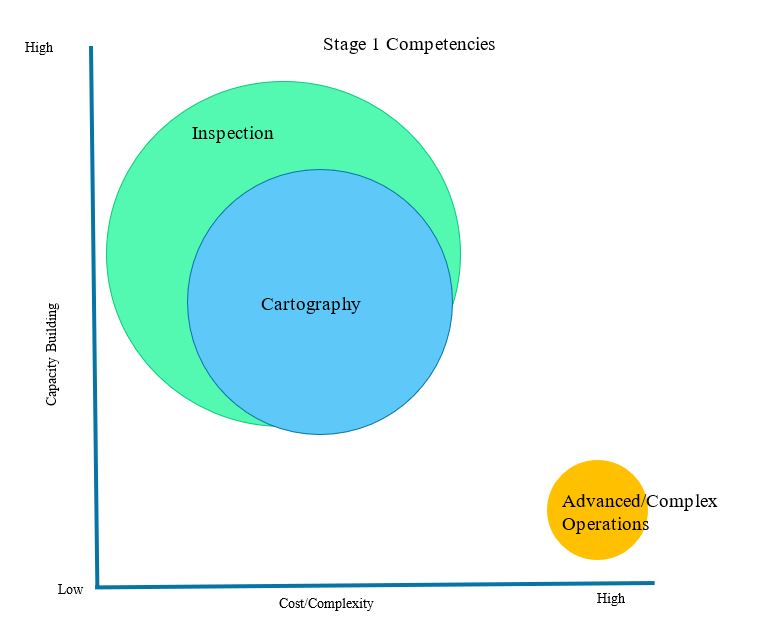
Next is to trailblaze and work together in conducting an embedded trial, using highly skilled Mobility Robotics staff to find the operational limits of each use case. Understanding the limits is important but, in many cases, a frugal balance of: competency requirements, complexity, and cost will mean recommending practical solutions that add the most value. A solution based on value and the least amount of complexity is usually the best option.
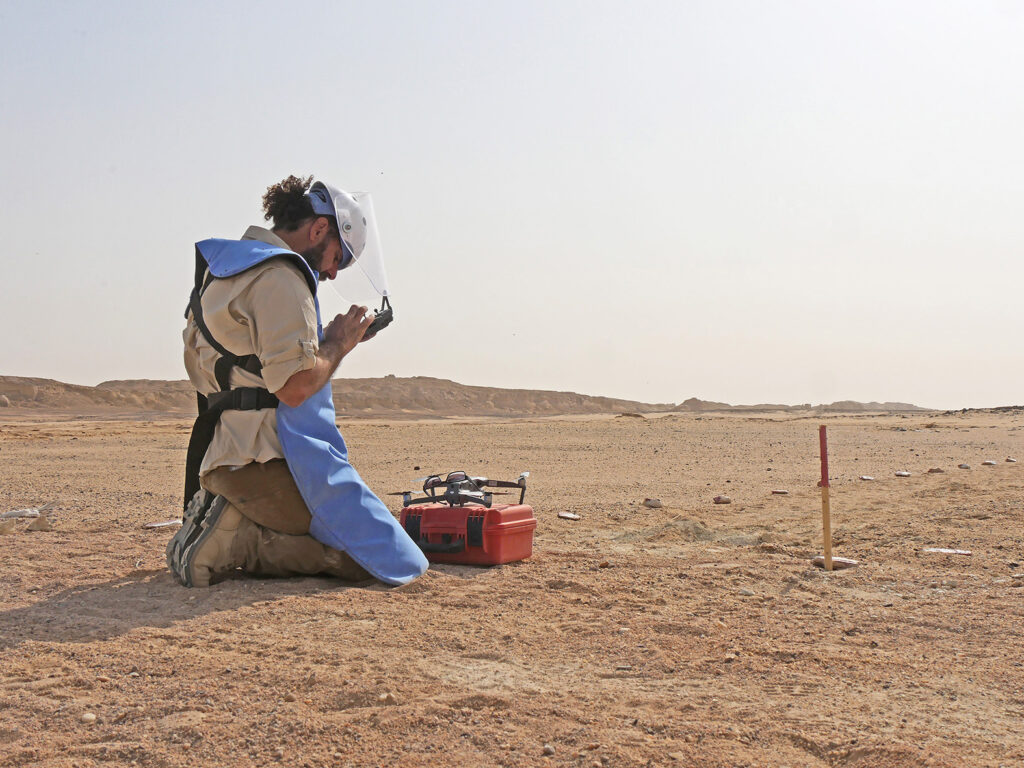
In parallel, a trade-off analysis and field validation will take place to test the limits and suitability of; drone and IT hardware, software, peripherals, field charging/power solutions, and information management processes to then provide a final recommendation for procurement at scale. Let the experts report how and why each element is fit-for-purpose, with clear recommendations regarding solutions that are effective and offer the greatest value for money.
Embedded trials will also provide tangible proof of the value of the drone programme in general, which can be presented to major stakeholders including donors and funding bodies along the way. In some cases, it might be best to develop programme milestones to review before releasing the next tranche of funding, using results gained during field validation/pilot results to justify progressing to capacity building at scale.
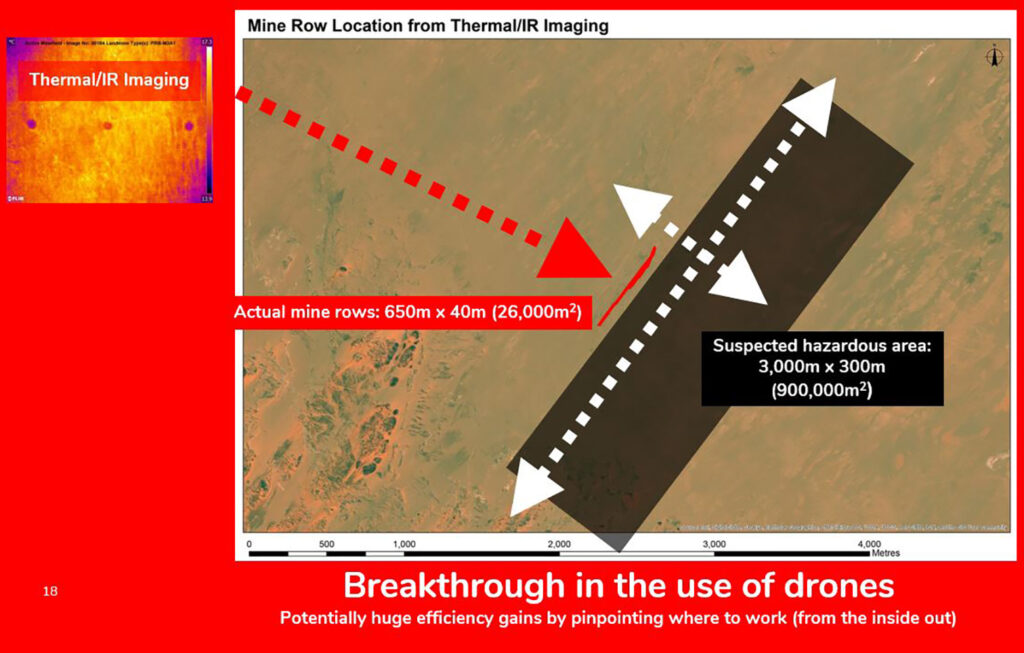
Solid field validation also sures up course content and makes training relevant to local conditions and workplace requirements. Students gain better comprehension when courses heavily utilize examples that are directly relevant to their work, rather than overloading participants with obtuse, confusing material shoehorned from manned aviation that does not fit the needs and aptitude of field operators. Especially in developing countries, where drone pilots may have varying levels of prior education. In addition to tailored classroom teaching, being tutored in the field is an important element, which also helps the instructor to interactively adapt according to individual and local needs. Our policy is to deliver results-based training by field operators for field operators.
Sahara Desert Case Study: Drones for the survey of minefields and explosive hazards
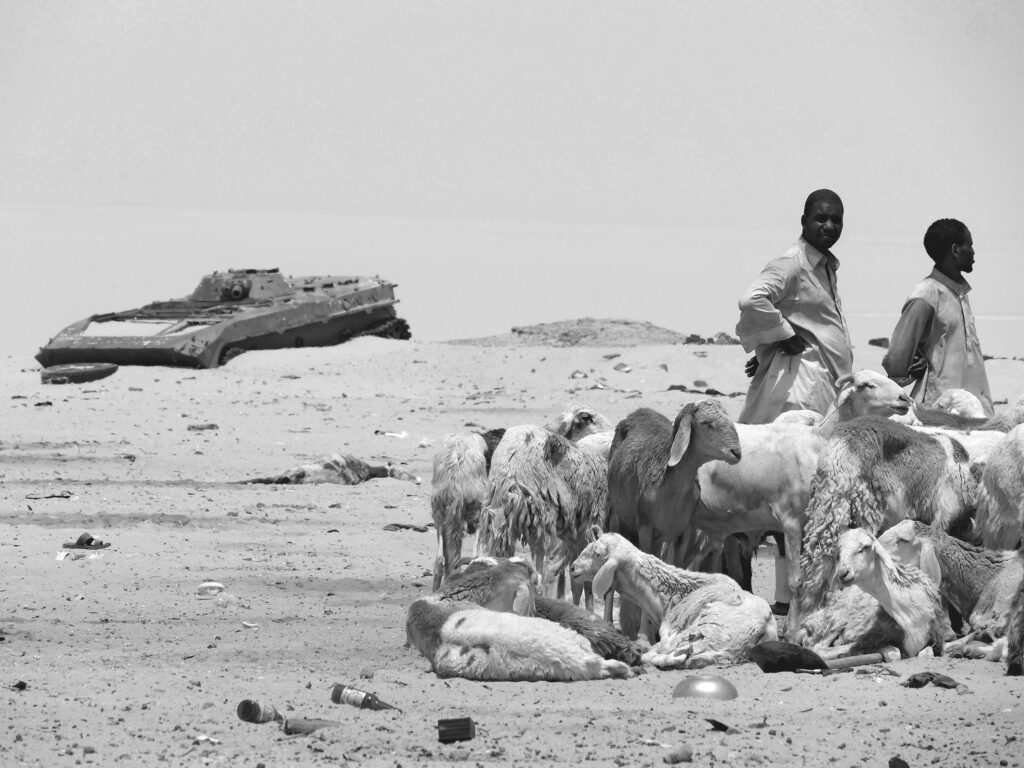
Strategic elements mentioned above is not just theory but proven to be robust, using the case of project delivery during the Odyssey 2025 project with humanitarian mine action (HMA) NGO, Humanity & Inclusion (HI) – in one of the most extreme and challenging environments in the world, in Sahara Desert, northern Chad. Implementing a small drone field programme in places contaminated by landmines and explosive remnants of war meant that risk mitigation and competency were of the utmost importance.
HI contracted Fardoulis and Mobility Robotics as a project partner to leapfrog their position in the HMA sector. Capacity building work packages included;
Institutional support: for national, regional and local authorities – especially in developing a standard operating framework, training and competency requirements for drone operators in Chad. Drafting standards based on best practice around the world. There are no formal drone regulations in Chad and drone usage is almost non-existent, hence institutional support was critical as part of a partnership with national, regional and local authorities.
Fardoulis conducted embedded field trials at more than 50 locations – in extreme Sahara Desert conditions – at minefields and suspected hazardous areas. More than 50 linear kilometres of minefields and suspected hazardous areas were mapped from small drones (a world first at such a scale), as well as extensive thermal/LWIR imaging field validation at real minefields. Camping inside active minefields in the desert at times, during 51 degree C heat, travelling for days in places without formal roads, coping with water and food challenges, as well as violent sandstorms.



Training national indigenous staff in the use of drones – assuring their competency and abilities to independently operate drones under stressful conditions at minefields and other hazardous areas. Two humanitarian mine action (HMA) drone operator diploma level training courses were written and delivered.

The Level 1 course was an equivalent of a UK CAA PfCo, USA Part 107, Australian RePL. Level 2 provided skills in flight planning by creating polygons in Google Earth and conducting automated flights, closer proximity operations, photogrammetry processing, creating GIS/Google Earth outputs, exporting imagery outputs for cartography, plus a practical first level of data analysis.
Diplomas were endorsed and jointly issued by the high commission for mine action in Chad, the HCND.



Equipment & technology selection: particularly the frugal use of off-the-shelf camera drones for inspection of, and mapping minefields. Using relatively low cost, off the shelf consumer equipment means: compact designs, an accelerated launch, ease of use, the ability to scale up, the ability to run over a shorter product life cycle, and greater flexibility regarding repairs and maintenance.
There were also responsibilities in selecting more advanced equipment – such as thermal imaging, survey and industrial drones and payloads. IT hardware and software were also selected for data processing – such as a powerful desktop workstation designed for use at a semi-offline desert base and powerful gaming laptops for use in the field.
Often justification is required when selecting a project partner, our suggestion is to closely scrutinize the organisation’s track record, reviewing the quality of results.